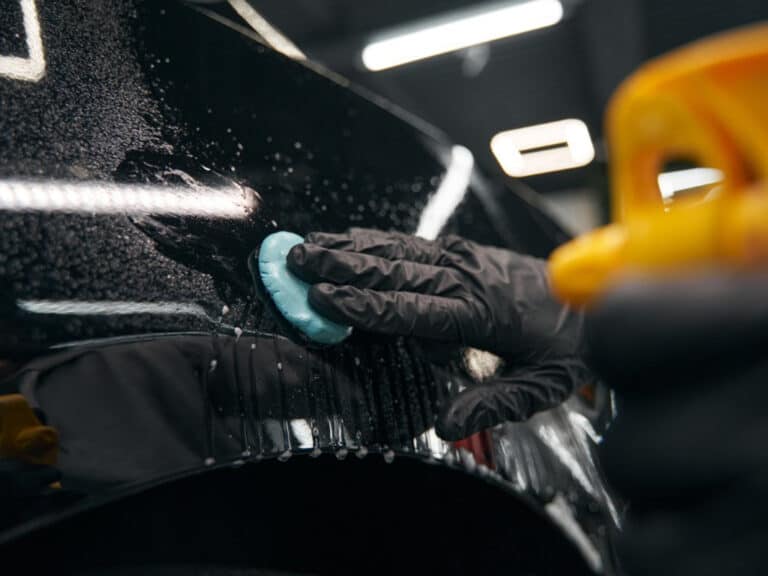Clay barring is a crucial step in car detailing that helps ensure a smooth, clean, and glossy finish. Here’s an overview of its essential role:
What Is Clay Barring?
Clay barring involves using a clay bar—a soft, malleable substance—to remove contaminants from a vehicle’s paint. These contaminants often include:
- Rail Dust: Tiny particles of iron that can embed into the paint.
- Tree Sap: Residue from tree sap can stick to the surface.
- Industrial Fallout: Pollutants from the environment that settle on the car’s surface.
Why It’s Essential
- Removes Surface Contaminants:
- Preparation for Polishing: Clay barring removes bonded contaminants that can prevent polish and wax from adhering properly. This ensures that polishing compounds work effectively and provide a more even finish.
- Improves Paint Clarity: By removing these contaminants, the paint’s surface becomes clearer and more reflective, which enhances the overall appearance.
- Enhances Smoothness:
- Touch: After clay barring, the paint feels much smoother to the touch. This is because the clay bar removes imperfections and rough spots on the surface.
- Protects Your Paint:
- Prevents Damage: Contaminants on the paint can cause scratches and other damage over time. Removing them helps maintain the integrity of the paintwork.
- Better Wax Application: A clean surface allows wax or sealant to bond more effectively, providing better protection and longevity.
- Improves Overall Detailing Results:
- Effective Waxing/Sealing: Properly clay-barred paint ensures that waxes and sealants adhere well and last longer.
- Enhanced Shine: With contaminants removed, the paint can achieve a deeper, more reflective shine.
How to Clay Bar Your Car
- Wash the Car: Start with a thorough wash to remove loose dirt and grime.
- Use a Lubricant: Apply a clay lubricant or detailing spray to the surface. This helps the clay bar glide smoothly and prevents scratching.
- Work in Sections: Gently rub the clay bar over the lubricated surface in a back-and-forth motion. Regularly fold and knead the clay to keep a clean surface.
- Wipe Off Residue: After claying, wipe off any residue with a clean microfiber cloth.
- Inspect and Repeat: Check the surface to ensure all contaminants are removed. Repeat if necessary.
Frequency
- Depends on Usage: For most vehicles, clay barring once or twice a year is sufficient. However, cars exposed to harsh environments or heavy contamination might benefit from more frequent treatments.
Overall, clay barring is a fundamental step in car detailing that enhances the finish and longevity of your vehicle’s paint. It’s well worth incorporating into your detailing routine for the best results.
